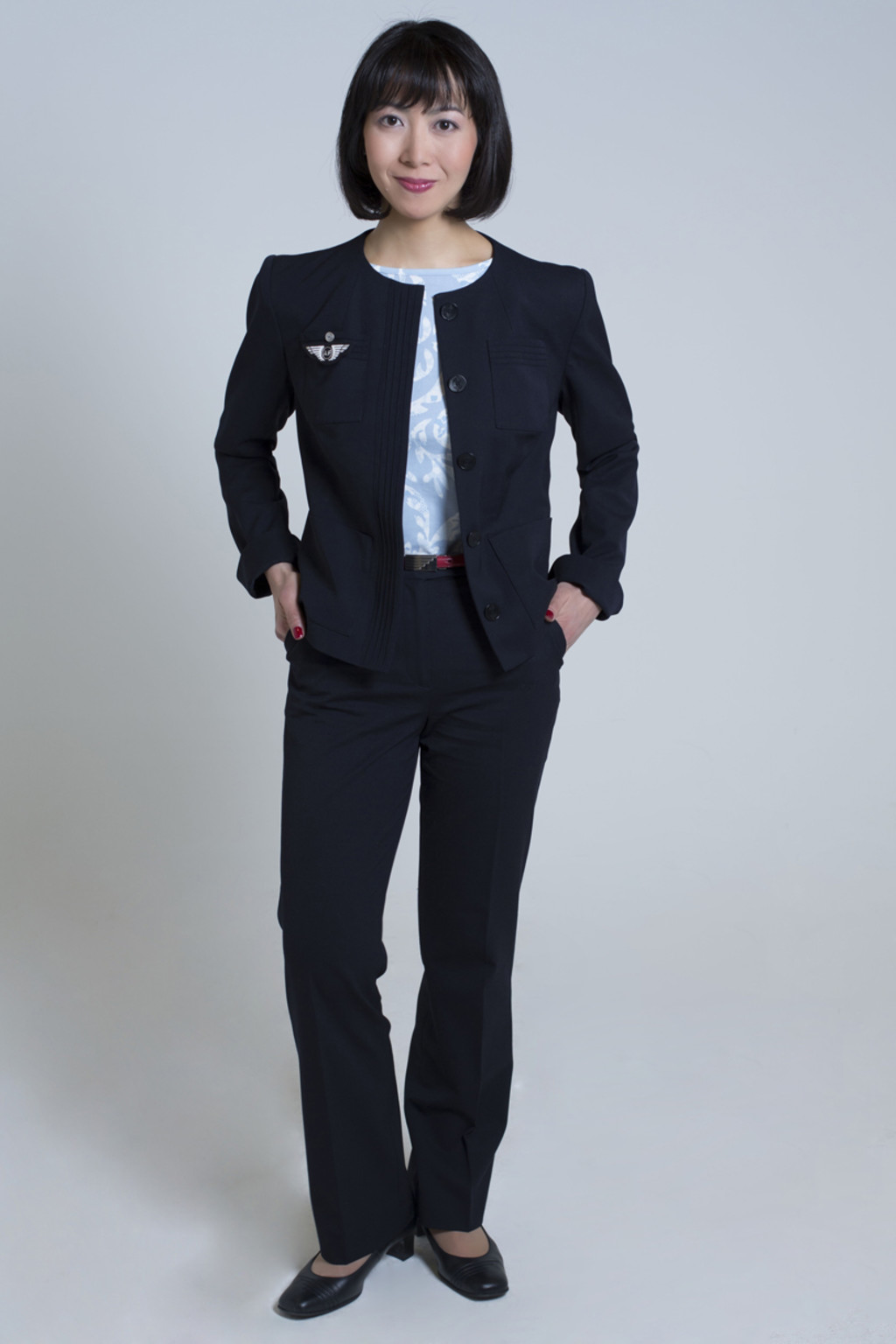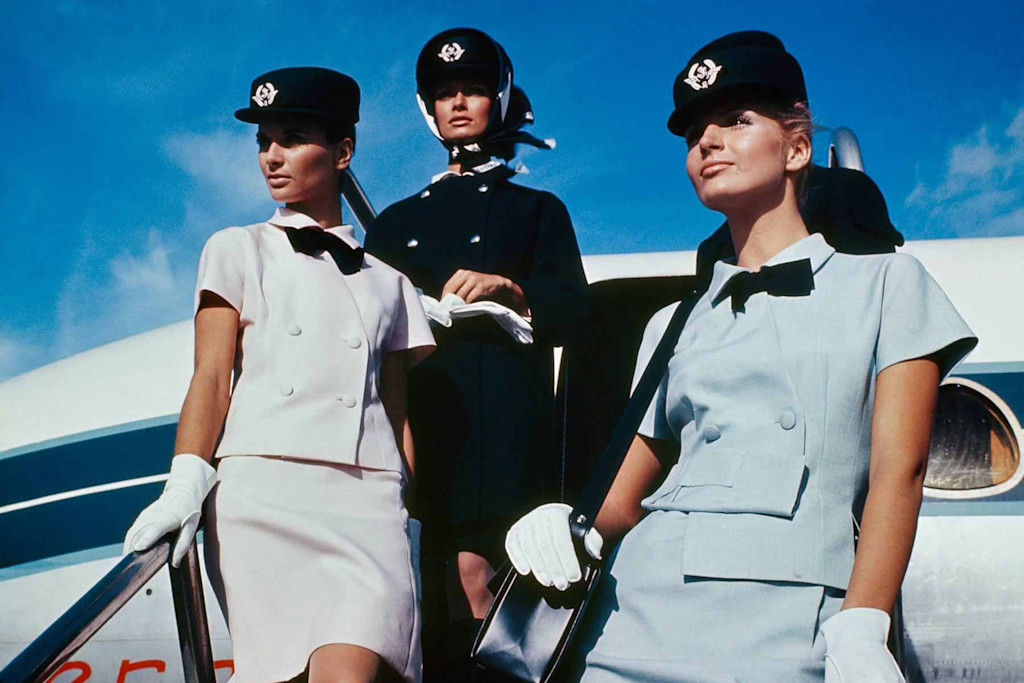
04 October 2021 | Culture
Made in France; Air France; a history of uniforms
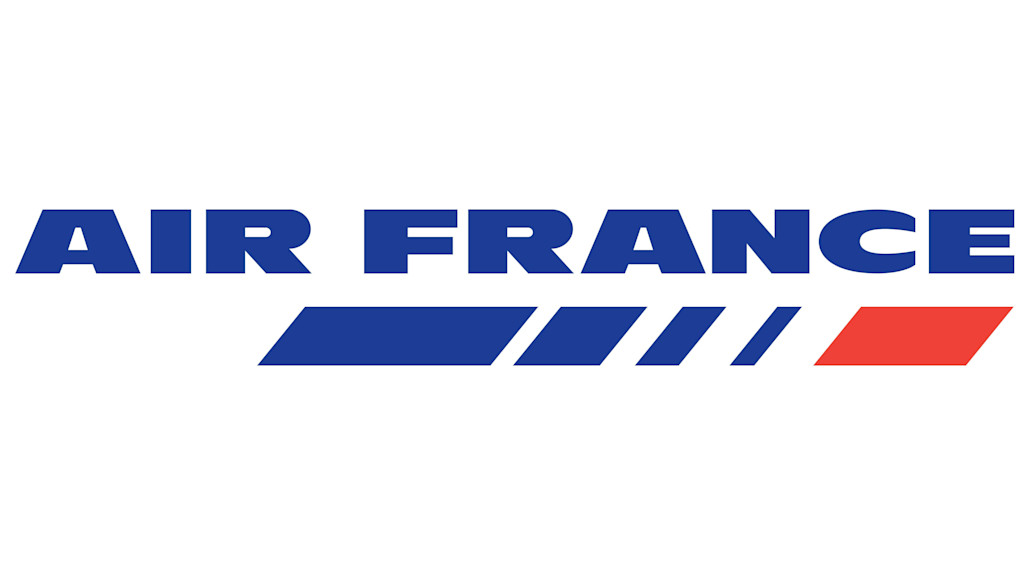
In 1946, Air France organised the first competition to recruit hostesses. Having a uniform became essential. The fashion house Georgette Renal, chosen by hostesses, included a wardrobe of basic clothing items: a suit, a summer dress, and a coat. In 1951, with the airline experiencing great success, it chose the Georgette de Trèze fashion house to modernise and feminise its hostesses' appearance, and to convey the spirit of the 1950s.
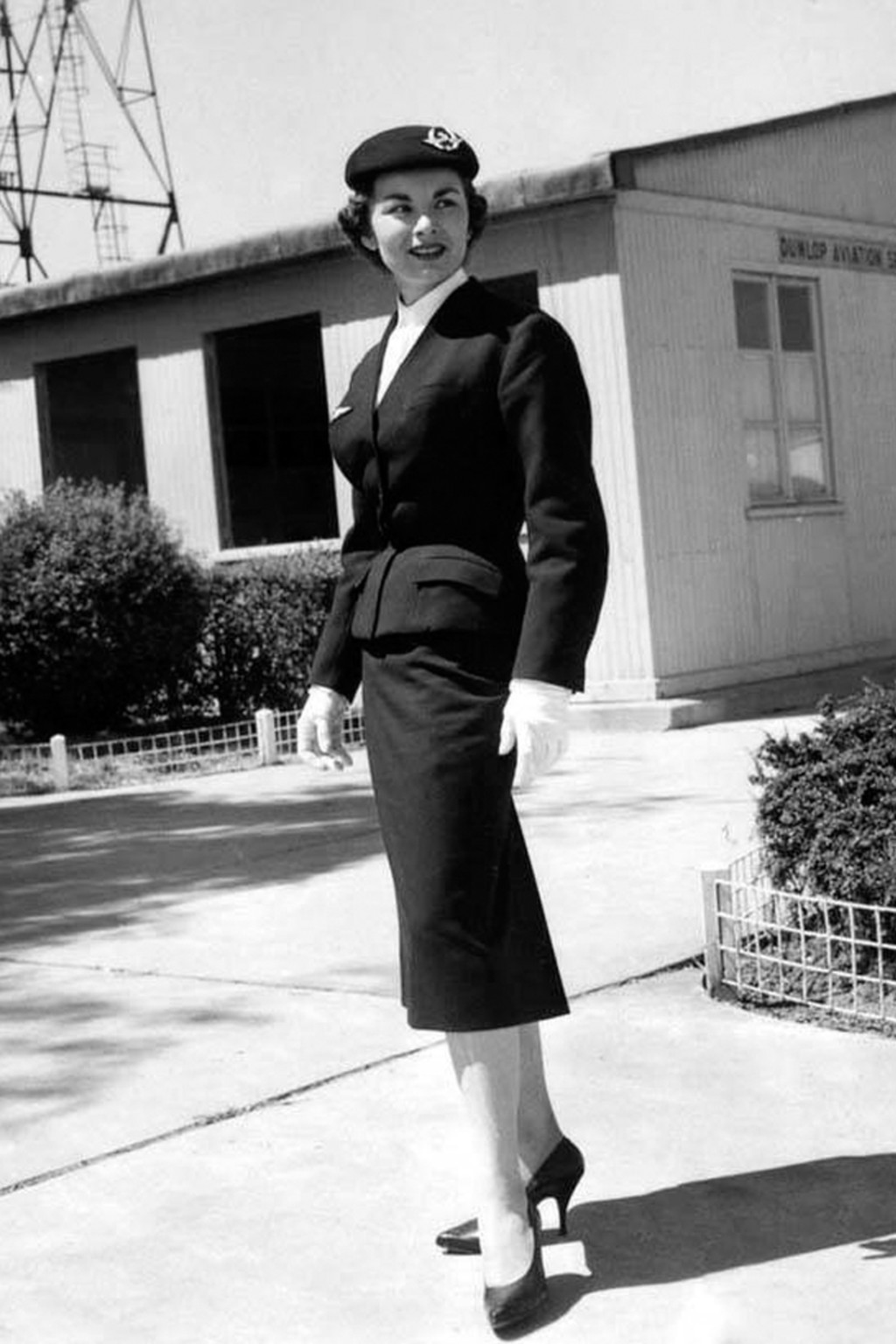
In March 1962, the airline launched a new model designed by Marc Bohan at Dior, which introduced the 'Air France' range into its haute couture collection.
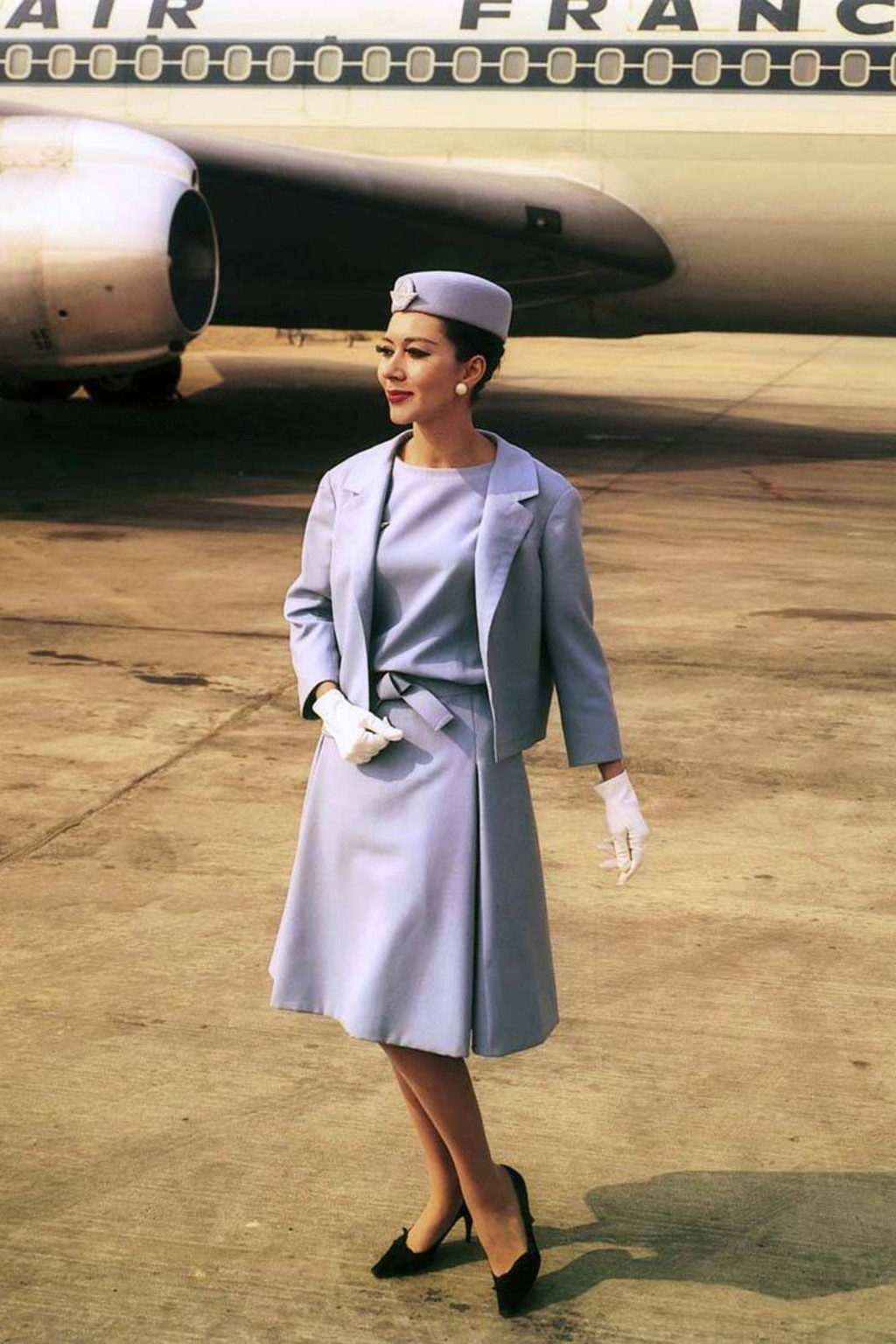
At the end of the 60s, the famous fashion designer Cristobal Balenciaga created Air France's new uniforms. The project was confined to the uniform of female flight attendants, who would receive a winter suit cut in a very 'aeronautical' style.

To celebrate the arrival of Concorde, the task of designing a new uniform for Concorde hostesses was given to the Jean Patou fashion house in 1976.
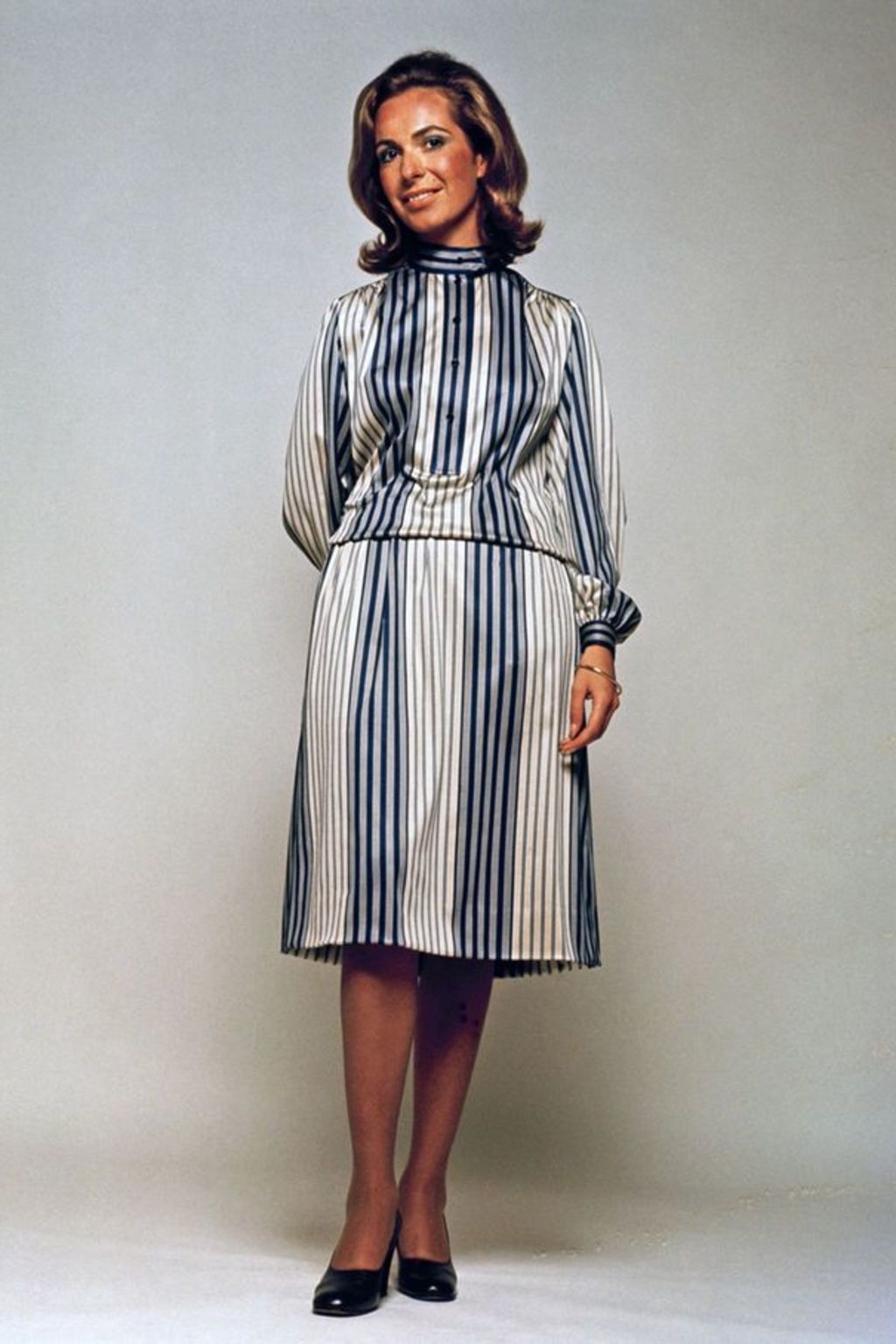
In 1978, after three years of crises, Air France's activities expanded, and a new uniform for flight crews was designed as part of an approach to re-establish a brand image. Blue and white, Air France's traditional colours, were made dynamic with the introduction of red. To achieve a diversity of styles, three fashion houses were tasked with producing this multi-form uniform: Carven, Nina Ricci and Grès.
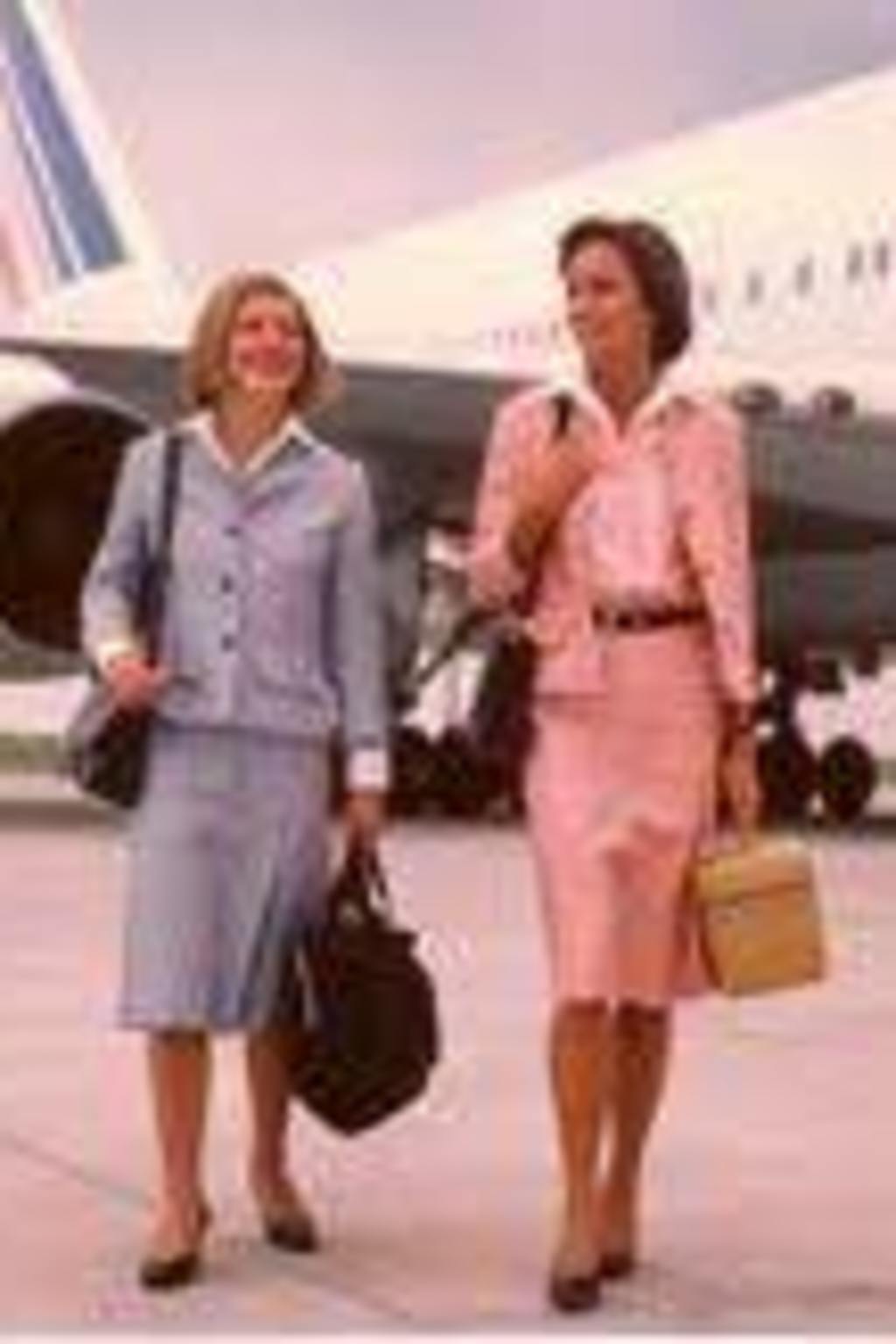
At the beginning of the 90s, the airline returned to a single uniform, giving a shared identity to all of its staff. Flight crews' outfits were formed of a mixture of the 1987 uniforms from Nina Ricci, Carven and Louis Féraud.
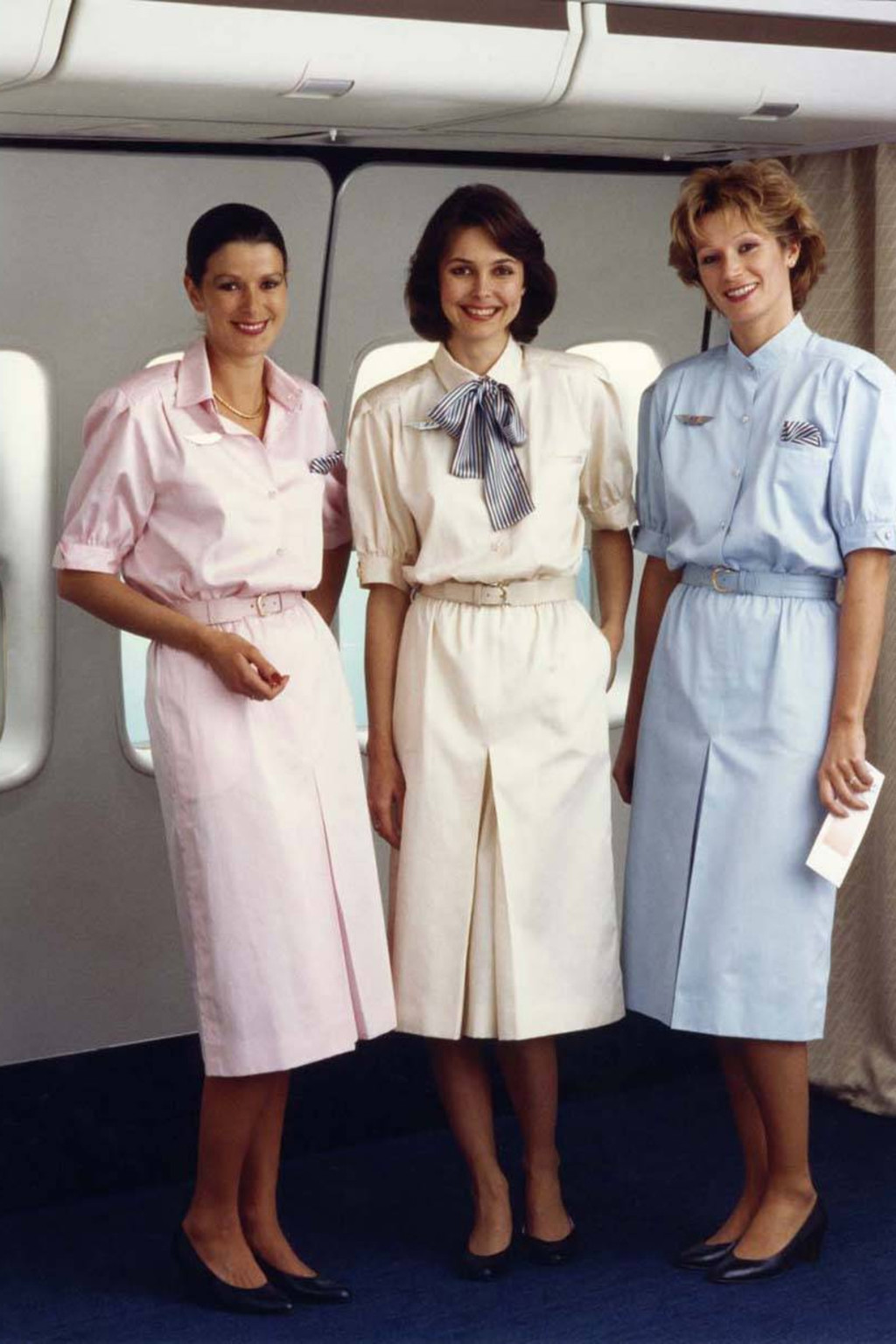

In 2005, the designer Christan Lacroix created a wardrobe of around a hundred combinable items, revisiting French elegance once again.
